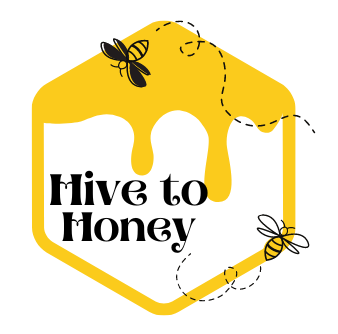Bee Conservation
🐝🌻 Protecting Our Pollinators: Bee Conservation Matters! 🌺🌿
Join the buzz for bee conservation! 🍯🌟 Bees play a vital role in our ecosystem, pollinating crops and sustaining biodiversity. By safeguarding bee habitats, reducing pesticide use, and planting bee-friendly flowers, we can ensure a thriving environment for generations to come. Let’s work together to protect our precious pollinators and preserve the beauty of nature! 🌼🐝
Bee Conservation:
Bee conservation is the heartbeat of a thriving ecosystem! 🌟🌼 Bees, our diligent pollinators, ensure the growth of crops and the diversity of plant life. By nurturing bee habitats, minimizing pesticide usage, and fostering bee-friendly environments, we sow the seeds for a sustainable future. Let’s unite in safeguarding our invaluable pollinators and nurturing the natural world’s splendor! 🌸🐝
Preserving Pollinators: A Comprehensive Guide to Bee Conservation
Bees are nature’s unsung heroes, playing a crucial role in pollinating crops, wildflowers, and plants essential for food production and ecosystem health. Without bees, many fruits, vegetables, and flowers would cease to exist, disrupting entire ecosystems and threatening global food security.
Despite their importance, bee populations worldwide are under threat due to various factors, including habitat loss, pesticide exposure, climate change, disease, and invasive species. These threats jeopardize bee health and diversity, putting our agricultural systems and natural habitats at risk.
Effective bee conservation requires a multi-faceted approach that addresses the root causes of bee decline and promotes sustainable practices to support bee populations. Key strategies include:
Habitat Restoration: Preserving and restoring bee habitats, including meadows, hedgerows, and wildflower patches, provides bees with essential forage and nesting sites.
Reducing Pesticide Use: Minimizing the use of harmful pesticides, especially neonicotinoids and other systemic pesticides, helps protect bees from toxic exposure and preserves their health.
Promoting Bee-Friendly Landscapes: Encouraging the planting of bee-friendly flowers, herbs, and trees in gardens, parks, and urban areas creates valuable foraging opportunities for bees and enhances biodiversity.
Supporting Beekeeping Practices: Supporting responsible beekeeping practices, such as hive management, disease control, and genetic diversity preservation, contributes to bee health and resilience.
Educating and Advocating: Raising awareness about the importance of bees, their threats, and conservation efforts is crucial for fostering public support and policy changes that prioritize bee protection.
Individuals, communities, businesses, and governments all have a role to play in bee conservation. Here are some ways you can make a difference:
- Plant bee-friendly flowers and create pollinator-friendly habitats in your garden or community.
- Support local beekeepers and buy honey and other bee products from sustainable sources.
- Advocate for policies that protect bees and their habitats, such as pesticide regulations and land conservation measures.
- Educate others about the importance of bees and the actions they can take to support bee conservation efforts.
In conclusion, bee conservation is not just about saving bees; it’s about safeguarding the intricate web of life that sustains us all. By working together to protect and preserve bee populations, we can ensure a sustainable future for ourselves and for generations to come. Let’s join forces to preserve pollinators and cultivate a world where bees can thrive and continue to enrich our lives and ecosystems.
Explore the beauty and importance of bee conservation and join the global effort to protect these essential pollinators. Together, we can make a difference and ensure a vibrant and sustainable future for bees and humanity alike.
Explore More BEE conservation:
Bees are more than just busy insects; they are the heartbeat of our ecosystems! 🌟🌻 By pollinating crops and wildflowers, bees sustain biodiversity and ensure the abundance of fruits, vegetables, and flowers we rely on. 🌺🐝 However, threats like habitat loss and pesticides endanger bee populations, posing risks to food security and ecosystem health. 🚨🌳 Let’s unite to preserve our precious pollinators and safeguard the beauty and balance of nature! 🌸✨
More From The Hive:
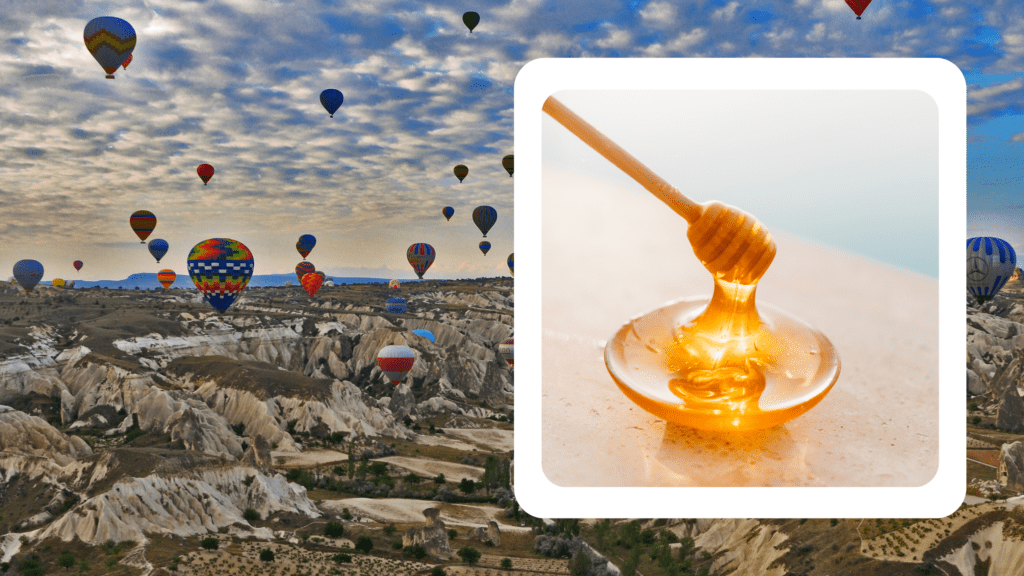
Unveiling Turkey’s Sweet Symphony: Exploring Honey Types and Varieties
Turkey, a land where ancient traditions meet breathtaking landscapes, has a rich history of honey production and a remarkable diversity of honey types. With its diverse climate zones, vast floral resources, and a strong culture of beekeeping, Turkey offers an ideal environment for bees to gather nectar and create a

Discovering Ethiopia’s Golden Treasures: A Journey Through Honey Types and Varieties
Ethiopia, a land known for its rich history, vibrant culture, and breathtaking landscapes, is also celebrated for its diverse and high-quality honey production. With its lush forests, fertile valleys, and vast floral resources, Ethiopia offers an ideal environment for bees to thrive and create a wide range of honey types.
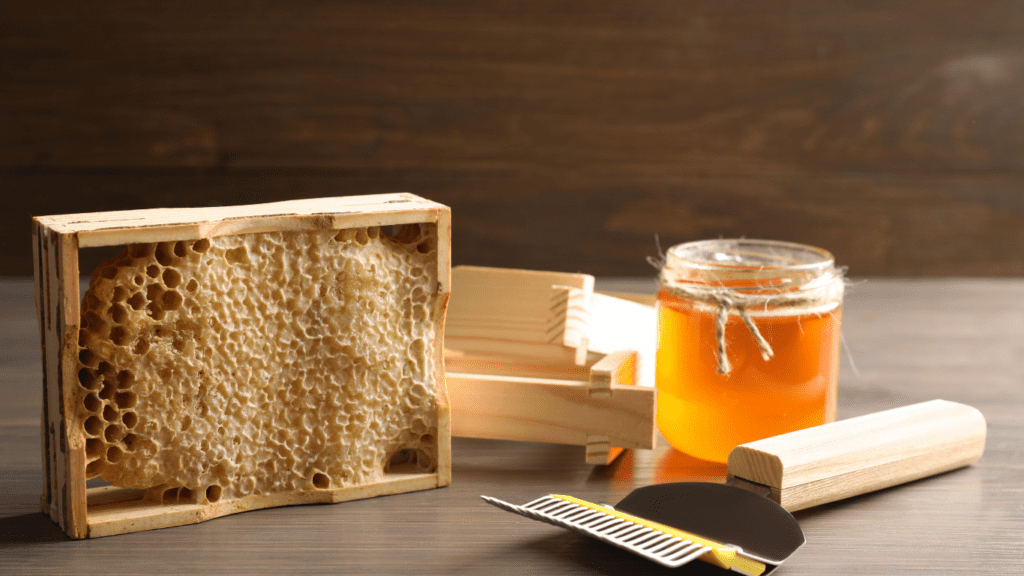
Getting Started with Beekeeping: Essential Equipment and Supplies
Starting your journey as a beekeeper is an exciting endeavor that allows you to connect with nature, support pollinators, and reap the rewards of honey production. To set yourself up for success, it’s crucial to have the right equipment and supplies. In this blog, we will guide you through the
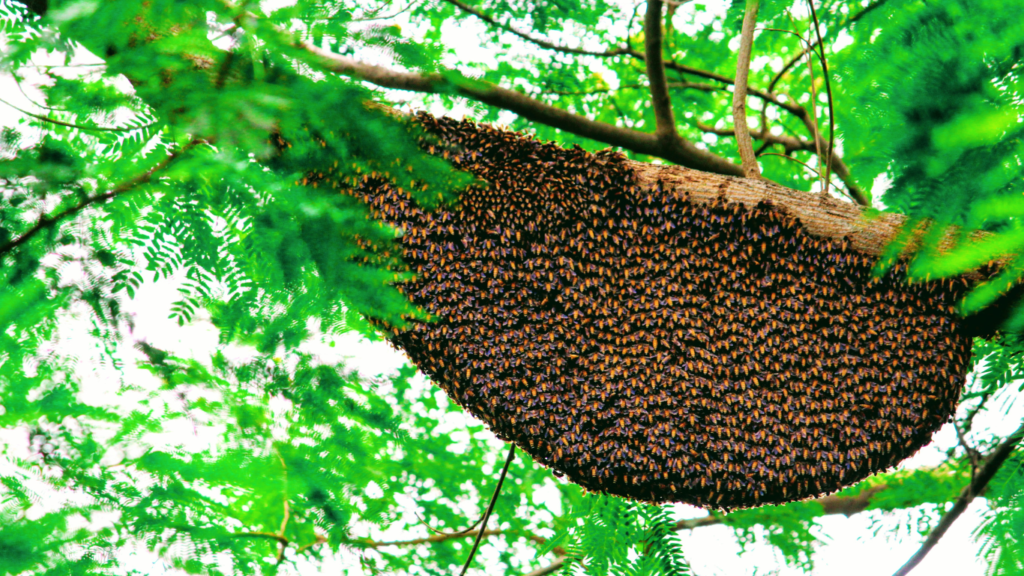
Choosing the Right Hive: Exploring Different Beehive Types
Selecting the right beehive is a crucial decision for beekeepers. The beehive serves as the home for your honeybee colony and plays a vital role in its success and productivity. With various hive types available, it’s important to understand their unique characteristics and suitability for your beekeeping goals. In this
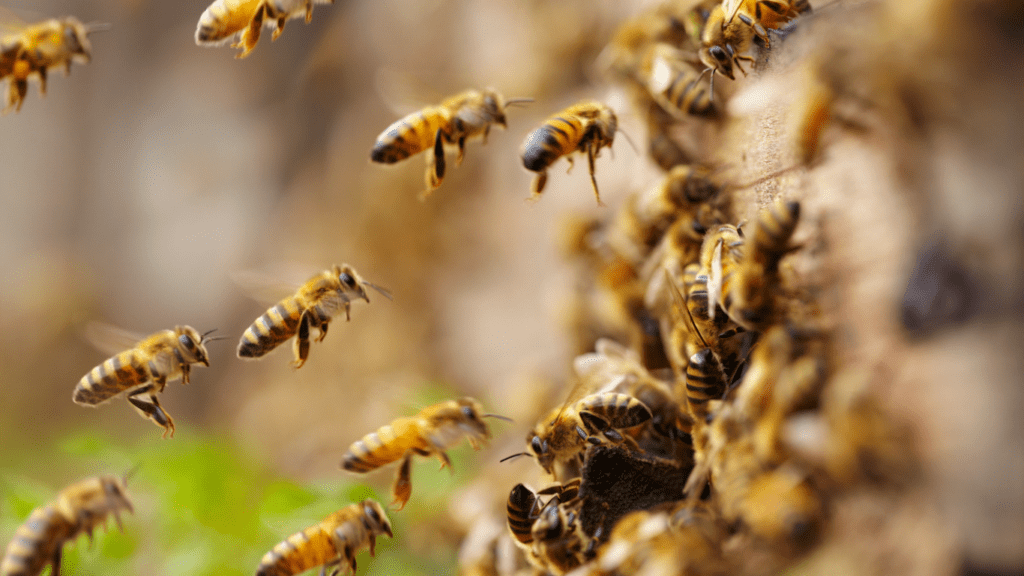
The ABCs of Bees: A Beginner’s Guide to Understanding Bee Basics
Bees are incredible creatures that have been buzzing around for millions of years, playing a vital role in our ecosystem. From pollinating flowers to producing delicious honey, bees are an integral part of our natural world. If you’re new to the world of bees and want to unravel the secrets
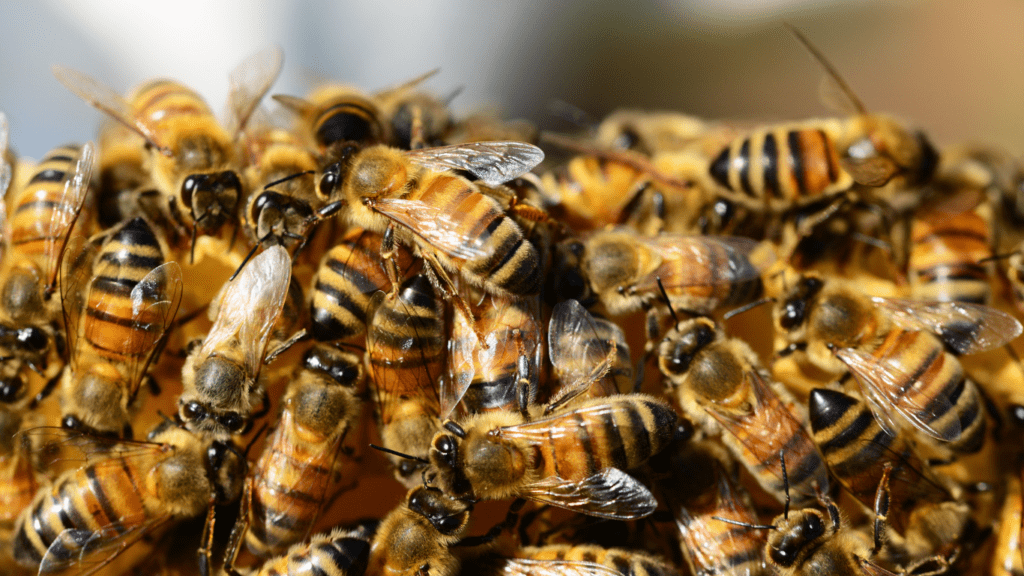
The Secret Life of Bees: Unraveling the Intricacies of Bee Behavior
Bees, with their intricate social structure and fascinating behaviors, lead a secret life that is both awe-inspiring and complex. As we delve into the hidden world of bees, we uncover a realm of communication, cooperation, and efficiency that is vital to their survival and our ecosystem. In this blog, we
